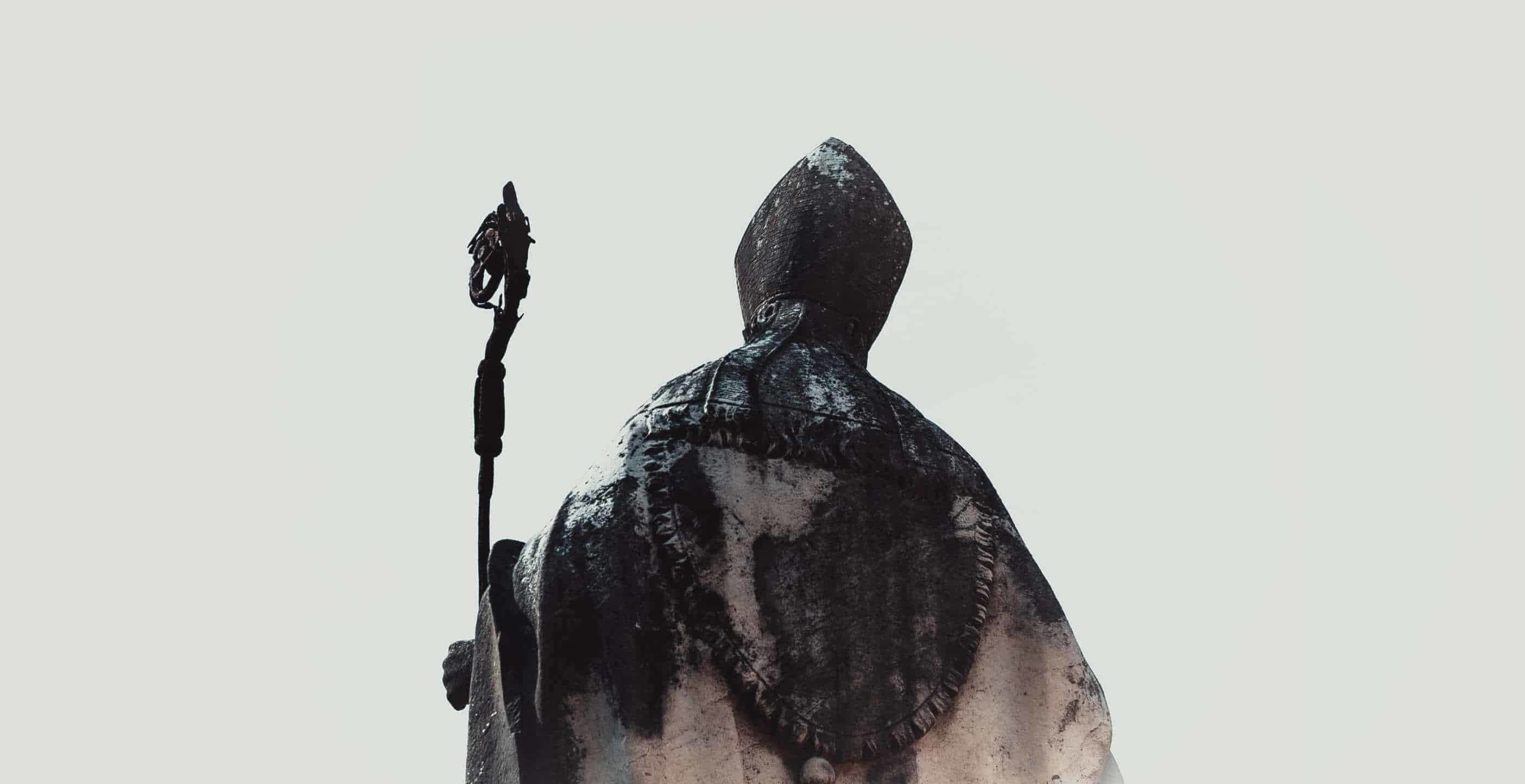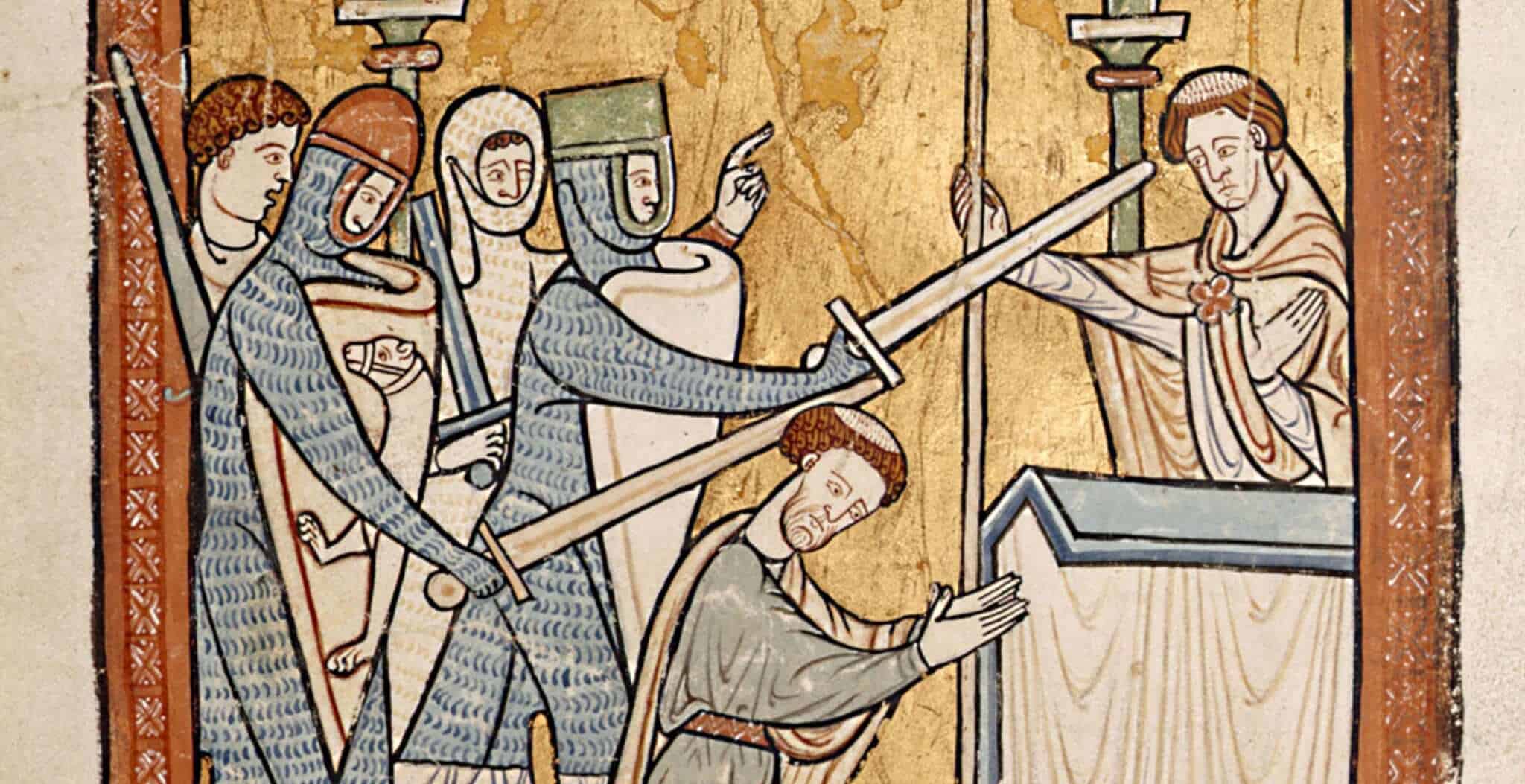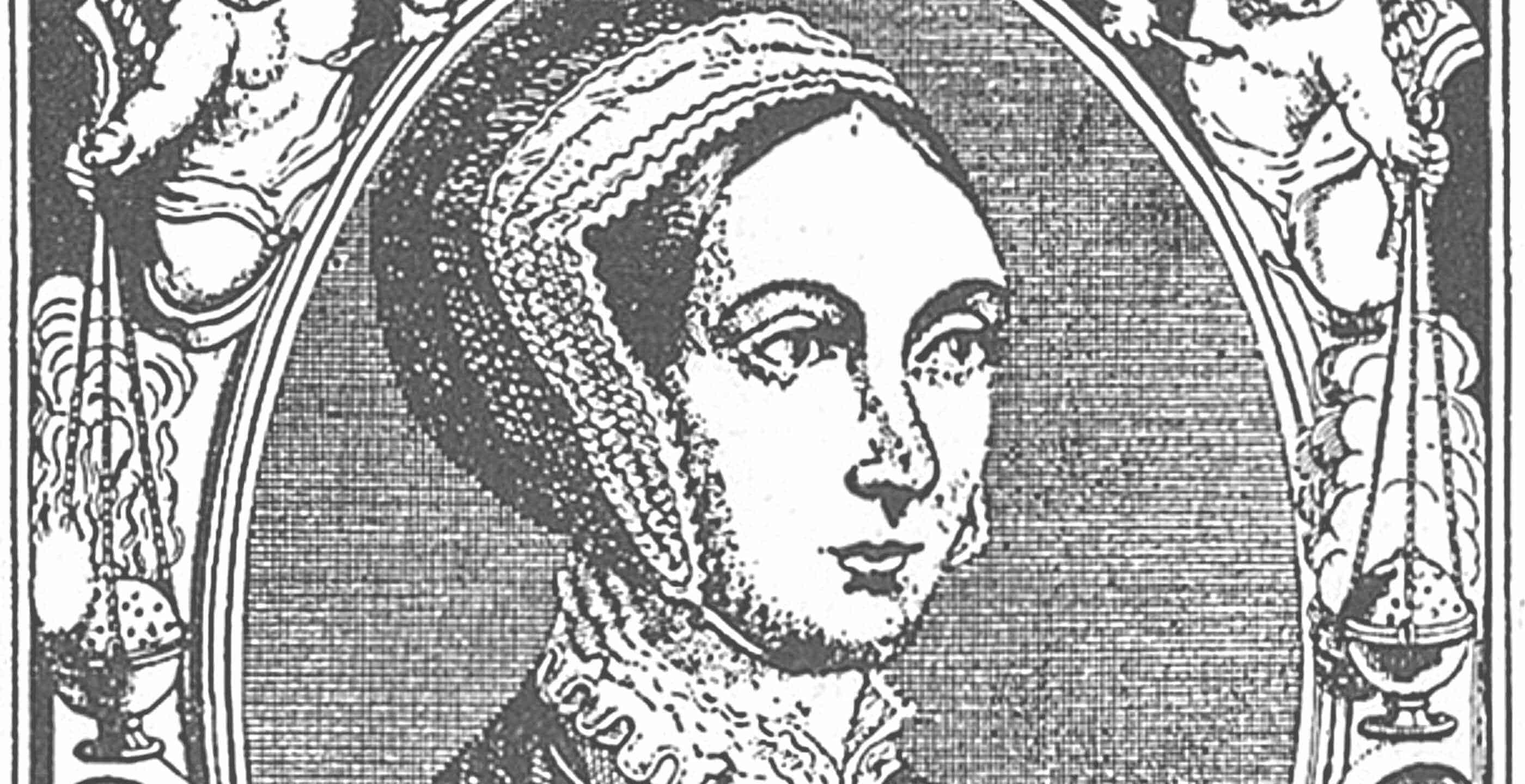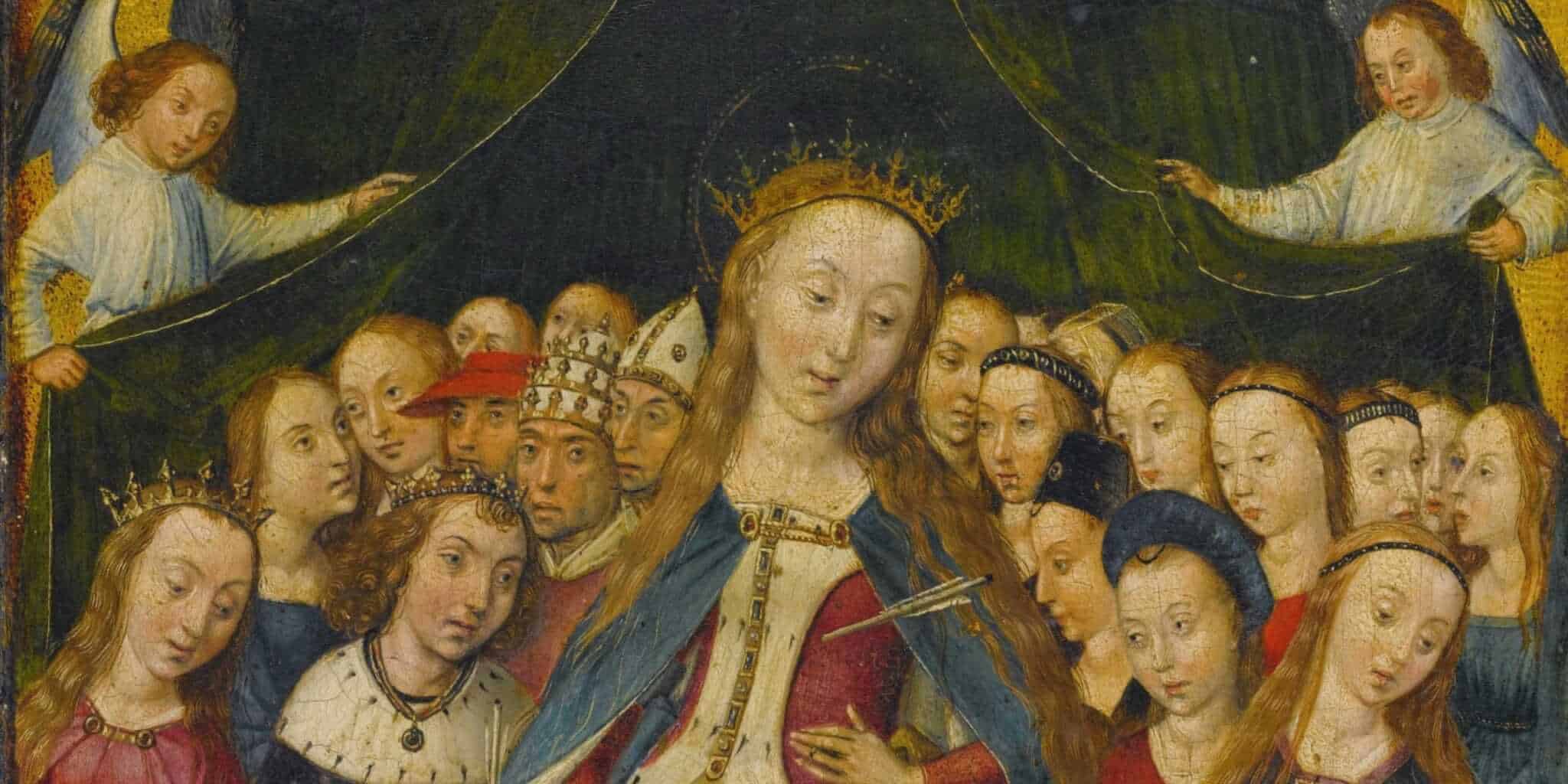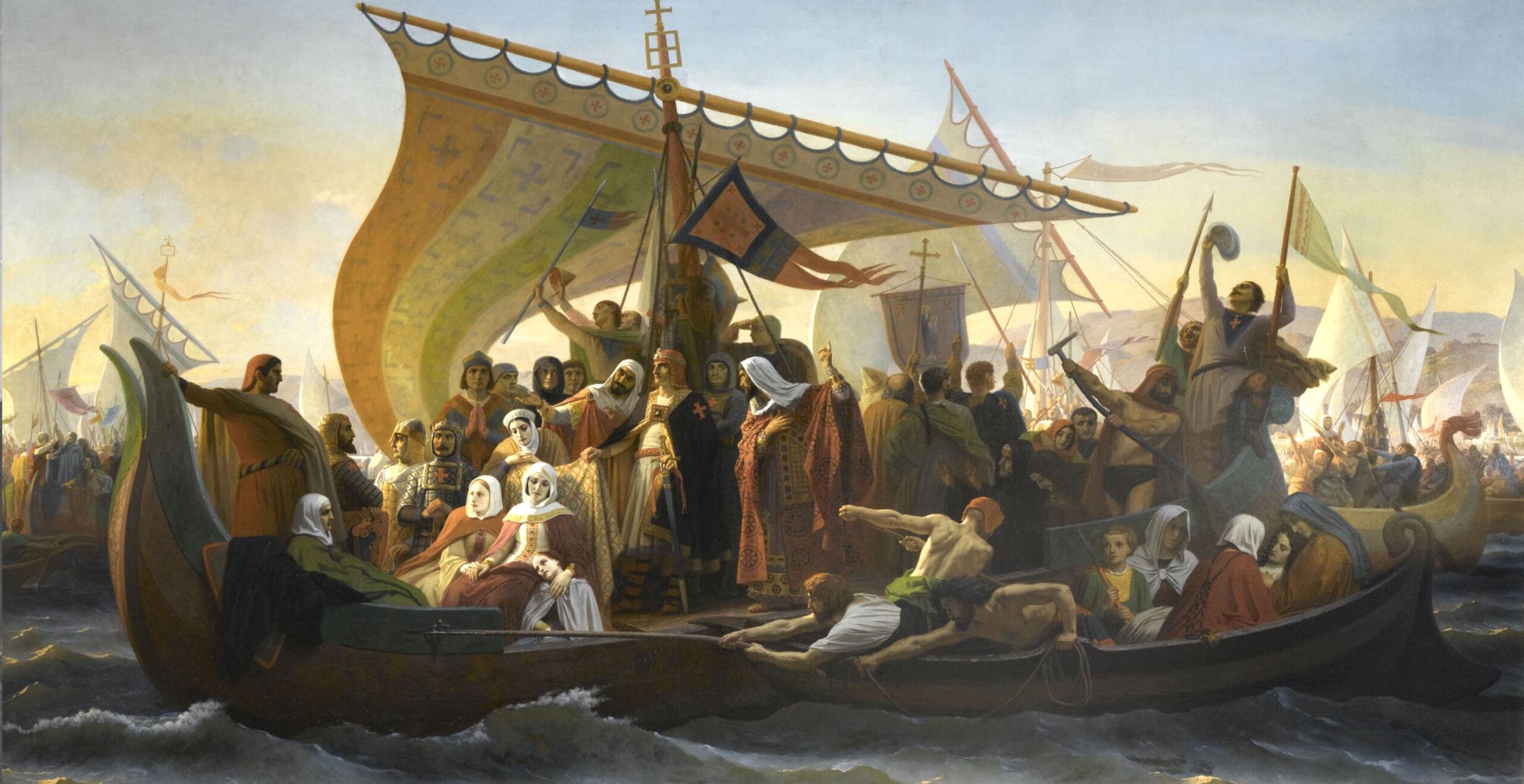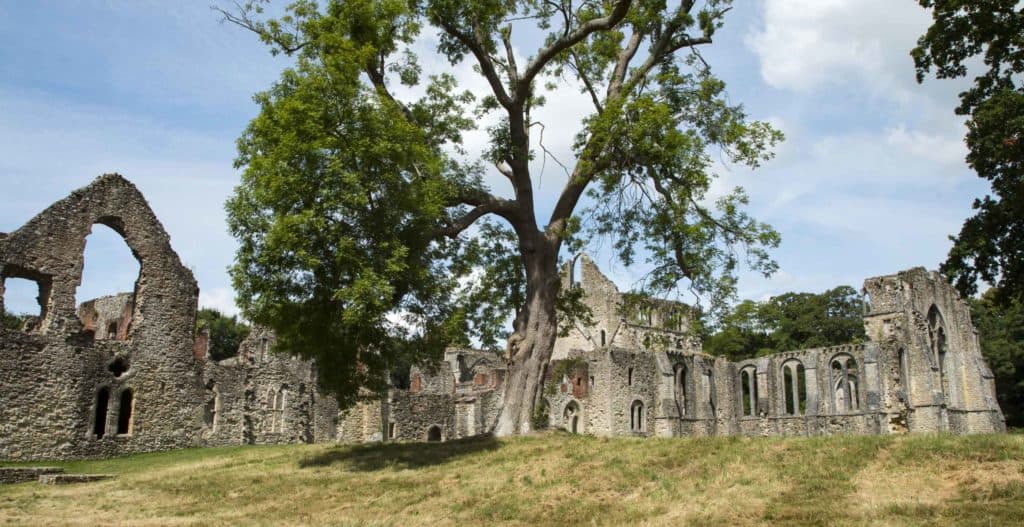On 4th December 1154 Nicholas Breakspear was elected as Pope Adrian IV, the only Englishman to have served on the papal throne.
He was born around 1100 in Bedmond, in the parish of Abbots Langley in Hertfordshire. He came from humble beginnings; his father Robert worked as a clerk in the low orders of the abbot of St Albans. Robert was an educated man but poor, making the decision to enter the monastery, probably after the death of his wife. This left Nicholas in a perilous position; having to fend for himself and lacking in education, he was subsequently rejected from joining the monastery. His destiny would take him elsewhere, travelling to France where he would successfully pursue his vocation.
In France, Nicholas undertook his religious education and soon became a canon regular at St Rufus Monastery near the southern town of Avignon. Breakspear rose through the ranks after which he was unanimously elected to become abbot. It was not too long before his ascent attracted attention, particularly the awareness of Pope Eugene III, who admired his discipline and zealous approach towards reforms. It had also been rumoured that his good looks and eloquent style garnered much attention and helped secure his position. Whilst this won him favour with Pope Euegne III, others were more cautious and led to some lodging complaints against him to Rome.
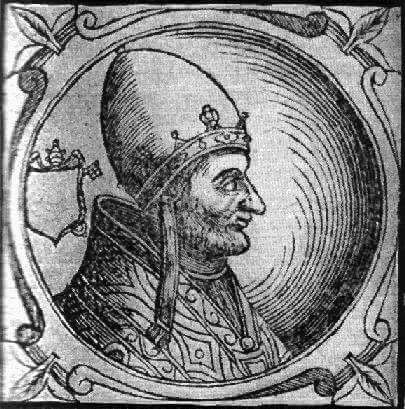
Fortunately for Breakspear Pope Eugene III, a prominent Anglophile looked upon him favourably and ignored the whisperings and complaints. Instead he made him a cardinal, naming him Cardinal Bishop of Albano in December 1149. In this position Breakspear was given many important tasks, one of which included reorganising the church in Scandinavia.
For two years Breakspear found himself based in Scandinavia as a papal legate, proving to be particularly successful which won him yet more great plaudits from the Pope. As a legate he undertook several reforming tasks including successfully reorganising the Swedish church as well as establishing an independent archiepiscopal for Norway, thus creating a Diocese at Hamar. This allowed for the creation of numerous cathedral school in cities across Norway, leaving behind a lasting effect on the education system and spiritual consciousness in Scandinavia.
Having left a positive impression in the north, Breakspear returned to Rome where he would become the 170th Pope, unanimously elected in December 1154, taking the name Adrian IV.
Unfortunately, Pope Adrian IV would be faced with numerous challenges, as he succeeded the papal throne during an eventful and tumultuous time in Rome. Firstly, he had to deal with the ongoing problems caused by Arnold of Brescia, a leading anti-papal figure.
Arnold had been a canon who had participated in the unsuccessful Commune of Rome, which was established in 1144 after the rebellion of Giordano Pierleoni. Their biggest grievance was based on the growing powers of the Pope, as well as the nobility which surrounded the papal authority. There had been attempts to reorganise the system into something which resembled the Roman Republic. Arnold’s involvement and his desire to call out the church to renounce property ownership made him a hindrance for the papal throne.
Arnold of Brescia had been exiled at least three times for his involvement, principally as an intellectual figurehead in the group. When Adrian IV took over, disorder in the capital led him to take drastic measures, imposing an interdict (an ecclesiastical censure) which prohibited individuals from engaging in certain activities or services of the church in Rome. This resulted in the closure of churches across the city. This situation had an undesirable impact on the people of Rome whose lives were greatly disrupted by this chaos.
Whilst the situation was unprecedented, Pope Adrian IV took these drastic measures in a bid to convince the Senate to expel Arnold of Brescia on the basis of heresy. Fortunately for Adrian IV, this is exactly what happened, instigating the Senate’s decision to exile Arnold and with backing from the higher echelons, have him arrested, tried and convicted. Arnold of Brescia was subsequently hanged by the papacy in June 1155, his body burnt and the ashes thrown into the River Tiber. Whilst he had dealt with just one individual, Adrian’s conflicts would continue as power struggles in and around Rome dominated his time as Pope.
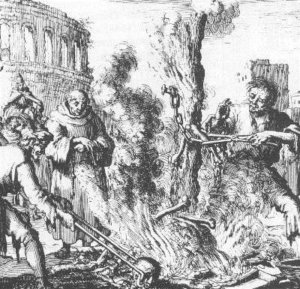 Corpse of Arnold of Brescia burned at the stake at the hands of the Papal guards
Corpse of Arnold of Brescia burned at the stake at the hands of the Papal guards
In June 1155 Pope Adrian IV had Frederick Barbarossa crowned Roman Emperor. As Holy Roman Emperor, Frederick made it very clear that he was the ultimate authority in Rome, dramatically refusing to hold the Pope’s stirrup, a usual courtesy extended by the current Emperor. Pope Adrian IV would be forced to deal with ongoing attempts of the Emperor in securing power over the city, creating a continuous source of friction between the pair until the Pope’s death in 1159.
Another pressing issue for the English Pope were the Normans in the southern Italy. Pope Adrian IV looked on favourably when the Byzantine Emperor Manuel Comnenus reconquered in the area, making contact with local rebel groups. The Eastern Roman Empire occupying southern borders was preferable for Pope Adrian IV; the papacy had always been in direct conflict with the Normans who were seen as troublesome and always threatening military action.
The impact of a common enemy allowed for an alliance to form between Manuel and Adrian who joined forces with the rebel groups in the south against the Normans. Initially this proved successful however this was not to last. One of the Greek commanders called Michael Palealogus had created friction between his allies and the splits within the group began to show, causing the campaign to lose momentum.
The decisive moment came during the battle for Brindisi which reflected the weaknesses of the alliance. The mercenaries ultimately deserted when faced with a massive counterattack by Sicilian troops and with a refusal from the authorities to increase wages, the grand allies began to dwindle in numbers, in the end humiliatingly outnumbered and outmanoeuvred. Any attempts to restore Byzantine reign in Italy were shattered; the army was forced to leave and the Byzantine Alliance drew to a close.
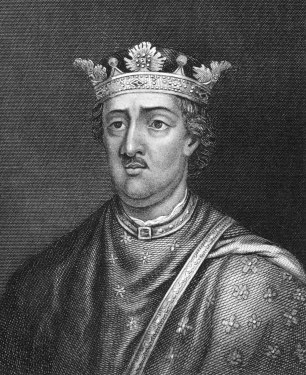
Further afield, Pope Adrian IV was gaining a bad reputation in Ireland. It was said that he had issued the infamous Papal Bull Laudabiliter, addressed to King Henry II of England. This was essentially a document which granted Henry the right to invade Ireland and bring the church under the Roman system. This would also involve an overall reform of society and governance in Ireland. That being said, historically the existence of this document has been disputed and remains a source of debate, with some questioning its authenticity.
Nevertheless, a subsequent invasion did take place with the likes of Richard de Clare and other military leaders engaging in a two stage campaign. Ireland’s eventual invasion by Henry II in October 1171 took place after the Pope had passed away; however Adrian IV’s involvement and the supposed document is still called into question today by historians. The legitimacy for invasion and the promotion of ecclesiastical reforms which Pope Adrian IV favoured make strong arguments for its existence, whilst others believe that with no records and little evidence, the document was falsified. Today it remains an unresolved mystery.
On 1st September 1159, Pope Adrian IV’s short, tumultuous reign came to an end. He reportedly died choking on a fly in his wine, more likely an incident caused by a tonsil infection. He would go down in history as the only Englishman to serve as Pope, a man who rose from nothing to become the most powerful man in the Catholic Church.
